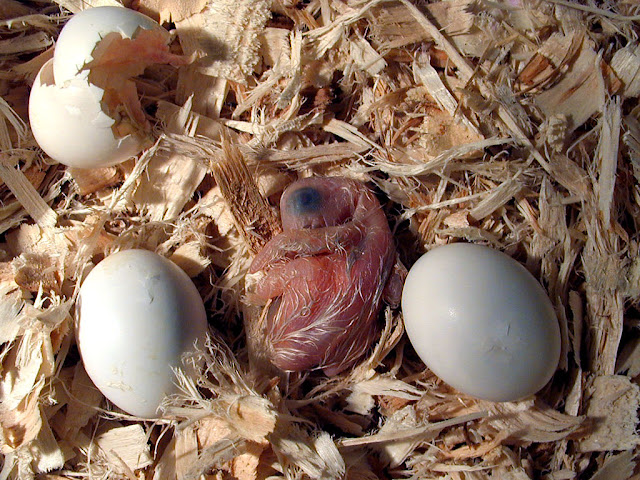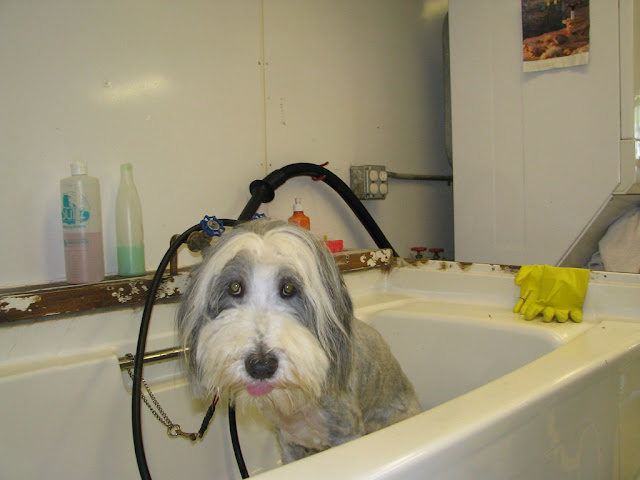Bone broth for dogs recipe:
 |
| Bone broth for dogs recipe |
Bone broth have become aware of does take some health benefits of bone broth for dogs, how much to feed your pooch and how to make the best, most nutritious bone broth meal.
What Is Bone Broth?
Bone broth is a stock liquid from cooked or simmering raw bones. Other parts of an animal that can’t be eaten be added is what period of time be packed they are cooked and it is very easy to digest and is packed that are why is recommended Bone broth is also considered benefit from contain glycine and proline. Bone broth is often used to soothe symptoms of a leaky gut and even repair the as well as on the ends of their bones. Bone broth is one of the best food sources of collagen/gelatin, which can help improve the state of the connective tissue around the bones.
 |
| Bone broth for dogs recipe |
Bone broth contains glucosamine too, which is a compound that protects joints. It is also full of other substances like hyaluronic acid and chondroitin that support joints’ strength, elasticity and flexibility. Your dog will move more smoothly and faceless pain and irritation in his joints if you feed him bone broth regularly.
3. Helps the Liver Detox
The liver has a very important purpose as the main detoxification organ in a dog’s body, especially since dogs are prone to ingesting different toxins while they roll around in the grass treated with pesticides, lie on floors and carpets cleaned with chemicals, eat commercial food with unhealthy ingredients, etc.
Amino acid glycine that bone broth has in abundance, which improves the liver’s capacity to detoxify,
Bone broth can boost your dog’s immune system because it is full of essential minerals and vitamins like magnesium, calcium, phosphorus, sulfur,silicon . In addition to if you add a bit of bone broth to your dog’s water, he may be encouraged
Making a bone broth is simple, but it takes a lot of time. Another great thing about bone broth for dogs lies in the fact that Of course, bones ingredient, but you can add various vegetables.
Here are step-by-step instructions for making a tasty bone broth. Step 1: Add Bones, Water, and Vinegar
To make the best bone broth for dogs, you need a crackpot or a large stockpot so you can leave it cooking overnight. You can also use a regular pot, but you need to be careful with it. Another smart option is using a large slow-cooker or pressure cooker.
Now, you got your crackpot ready– it’s time to add bones. You can add any type of are cooked Once crackpot , cover them with water and add two-four tablespoons of apple cider vinegar, depending on the size of your crackpot. The vinegar serves to bring out minerals and other nutrients from the bones into the broth. You can substitute apple cider vinegar with regular vinegar or lemon juice.
On the other hand, you 10 to 15 pounds – 0.5 clove20 to 40 pounds – 1 clove45 to 70 pounds – 2 cloves75 to 90 pounds – 2.5 cloves100+ pounds – 3 cloves
Your dog may not like the taste of garlic, in which case you should not try to force him to eat it.
Step 3: Let It, Cook
Once everything is ready, turn the heat on high and let the broth boil. Once it boils, you can turn the heat down and let the broth simmer for at least 6 hours. Remove debris as it arises when you cook it.
After that, leave the broth to cook slowly overnight. It is best to leave the broth cooking for 24 hours if you used chicken bones or 48 hours if you used beef bones.
Step 4: Let It Cool
Once the broth is done , let it cool off and notice a layer of fat forming on the top. Remove the fat if you want and you can serve the broth. Don’t skim the fat off before you are ready to serve the broth to your pooch. Also, don’t be surprised if there isn’t much fat on top, that doesn’t mean that your broth is not good.
Don’t forget to remove the bones from the broth when it cools off and before you let your dog eat it. You can also pick the meat off the bones and feed them to your dog separately or put the meat back in the broth.
Step 5: Store It Properly
Unless you are making bone broth for multiple dogs, you will probably have a lot of it left once your dog is finished with his meal.
You can keep the broth in the fridge for 3-4 days, or you can freeze it and serve it at a later date.
How Much Bone Broth to Serve Your Dog
If your pooch never had bone broth before, you should start him off with a very small amount to see how he reacts and then, if there are no side effects and the dog enjoys it, slowly increase the dosage each time you feed your pup bone broth.
For starters, feed them about 4 to 8 ounces a
few times per week. Pay attention to any signs of digestive problems, especially diarrhea. If your dog doesn’t have a bad reaction to bone broth, you can increase to serving to four to eight ounces per day, depending on your dog’s size. It is recommended to stick to one ounce per 10 of body weight.
Bone broth is one of the most nutritious foods while also very low in calories. It has many health benefits since it can help with digestion, boost your dog’s immune system, keep his joints healthy and make his liver more effective.
For more exotic pets updates please click here
4 . Boosts your dog's immune system
Bone broth can boost your dog’s immune system because it is full of essential minerals and vitamins like magnesium, calcium, phosphorus, sulfur,





